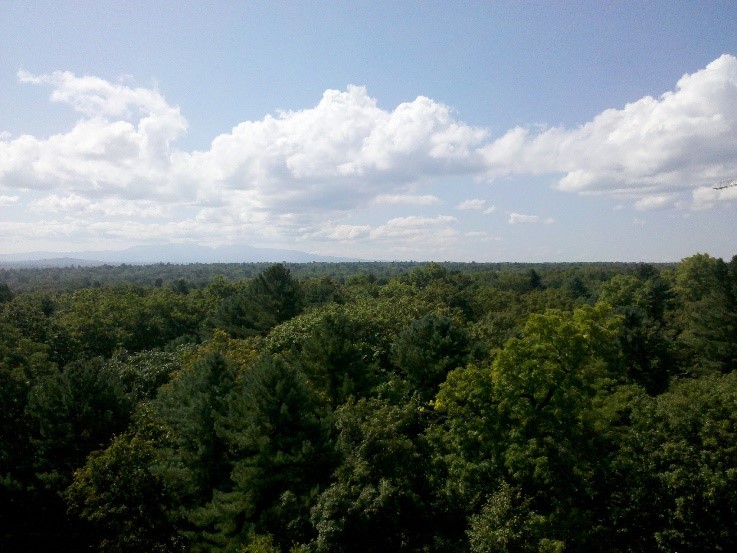Drought weakens carbon uptake in northern lands
A new study finds that droughts have been reducing the 'carbon uptake bonus' that global warming once provided to the northern ecosystems. It was recently published in the journal Global Change Biology.
Researchers developed a novel index showing the sensitivity of ecosystem carbon gain to rising temperature, and verified their findings using both satellite and in-situ data. They found warming significantly enhanced carbon uptake until circa 2000, when drought began cutting into those gains. Models show that if greenhouse gas emissions persist, increased soil dryness will progressively erode this natural carbon absorption capacity throughout the 21st century.
Grasslands and evergreen forests, covering over 80% of northern landscapes where the ability of carbon uptake is weakening as the climate warms. These once-reliable 'carbon sponges' are shrinking in effectiveness. The mechanisms were also explored. Grasslands keep their stomata open to sustain growth but lose water quickly, while needleleaf forests close theirs to save water—but in doing so drain soil water during wetter years. Both strategies leave these ecosystems less able to absorb carbon as temperature rises.

Coniferous–Broadleaf Mixed Forests in Northeast China (Photo by Wu Haohao)
''Our findings highlight the hidden risk that drought poses to northern carbon uptake, which plays a key role in absorbing carbon dioxide and helping slow global warming,'' said co-author Prof. FU Congsheng, a researcher at the Nanjing Institute of Geography and Limnology of the Chinese Academy of Sciences.
"While earlier research (Nature Climate Change, 2017) identified declining temperature effects on spring carbon uptake, our study reveals this is an annual phenomenon with lasting consequences. Throughout the end of the 21st century, we demonstrate drought emerges as the primary control of storing capacity through specific physiological mechanisms," said Prof. FU.
This study also highlights critical deficiencies in accurate simulation of the land carbon cycle under climate change. ''Currently, only one of the mainstream Earth system models captures the drought-driven decline in temperature sensitivity,'' said Dr. WU Haohao, first author of the study, ''Model development should prioritize a better representation of temperature control on ecosystem carbon uptake and its interaction with drought stress.''
Researchers from Peking University, Princeton University, the Woodwell Climate Research Center, and other international institutes also contributed to the study.
